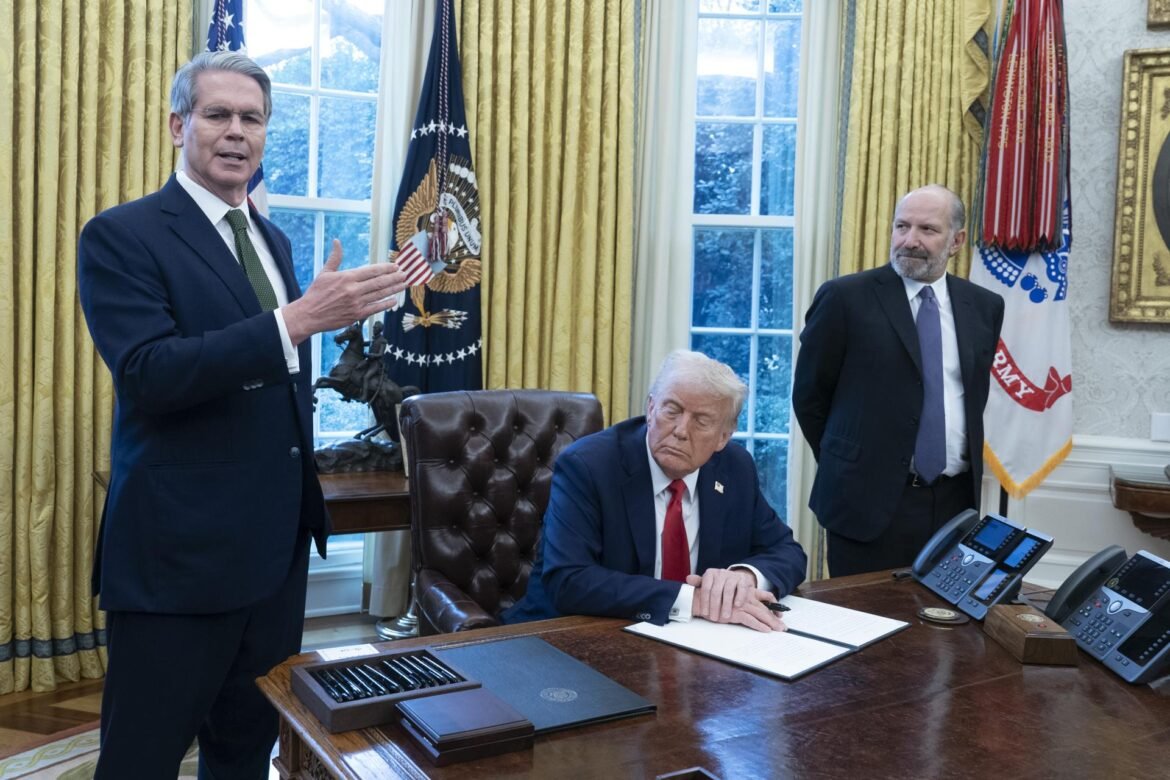The Trump administration faces a crucial test at the US Supreme Court over the legality of its tariff policy. Even if the Court rules against the current legal basis, the White House has other ways to maintain the surcharges, which have already generated more than US$213 billion in public coffers.
Why is the current tariff policy being questioned?
The main legal basis used is the International Emergency Economic Powers Act (Ieepa) of 1977. This standard was created for specific situations, such as combating terrorism and sanctions against dictators, not for the creation of taxes in a generalized way. Therefore, the Supreme Court assesses whether the use made by the government is legitimate for commercial purposes.
What are the alternatives if the Court blocks the current rule?
There are other laws that can be used. One is the Trade Expansion Act of 1962, which allows the president to impose tariffs under the guise of “National Security.” Another option is the Trade Act of 1974, which authorizes temporary surcharges against countries with trade practices considered unfair.
Does the government have other tricks up its sleeve?
Yes. One is “Section 301,” a provision in the Trade Act of 1974 that does not limit the amount of tariffs but requires a longer investigation process. There is also “Section 338”, a law from the 1930s that has never been used. It allows tariffs of up to 50% against “unreasonable” business practices without the need for time-consuming investigations.
What are the financial consequences of the decision?
Since the policy’s inception, the United States has raised more than $213 billion in tariff revenue. If the Supreme Court decides that the legal basis used is invalid, the federal government may be forced to reimburse companies that paid these fees, generating a major impact on public coffers.
What is the most likely scenario for tariffs?
Even if the Supreme Court rules against the government, the tariffs should not go away. Most likely, the White House will start using one of the other available laws. This would change the way surcharges are applied, making the process more bureaucratic, but with a more solid legal basis and less vulnerable to new challenges in court.
This content was generated with artificial intelligence. To access the information in full and delve deeper into the topic, see the report below.
SEE ALSO:
- How Trump can win tariff battle, even if he suffers setback at the Supreme Court

